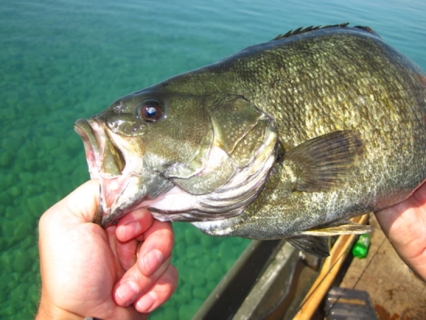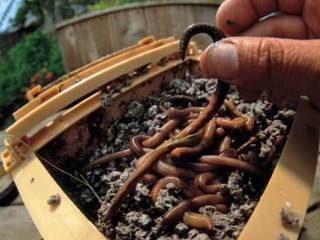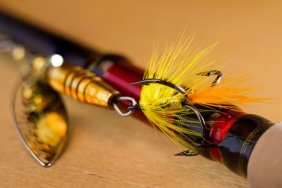Any fisherman will tell you that the cost of live bait is no joke. This leaves many anglers to their own devices, which means most resort to catching nightcrawlers.
There’s nothing wrong with collecting your own worms of course, but most are only able to find a dozen or so, which is barely enough for one morning of fishing. Well, if you’re a fan of catching nightcrawlers you’re in luck.
Here’s a few tips for catching nightcrawlers for an entire season that will have you driving right past the bait shop on your next trip out.
ALSO READ: How to Catch More Fish with Worms
First and foremost, you’ll need a large worm bed, or an old refrigerator, in which to store your worms. Once you have storage set up, you’re ready to head out. Now, most worm pickers tend to go out at night, but you can often find more worms in the morning, especially if it has rained at all during the night or heavily the day before. Worms don’t like being pelted by heavy rain, so after a good downpour is the best time.
Keep an eye on the temperature, as well, as it should be at least 50 degrees, or the worms will stay underground. Remember these little tips and, by the time morning rolls around, the worms can be found some distance from their burrows, so collecting them is easy and, because it’s morning, you won’t need a flashlight.
ALSO READ: Tried and True Methods for Fishing Brown Trout
Some of the best spots to find worms early in the morning are golf course greens and the gutters along paved streets. Golf courses can be hit or miss, however, as the trick is to find ones that don’t use chemicals to control the worms. Also, always make sure to get permission to collect worms at a golf course. You can also check aged lawns for worms, as newly seeded or sodded lawn won’t yield worms for a few years. Furthermore, when checking your lawn, if the soil is too sandy or loaded with gravel, it may never produce worms at all.
You can still find a lot of worms at night, though, but you should keep a few things in mind before venturing out into the dark. Try to wait a few hours after sundown before starting your hunt, in order to give the crawlers some time to get out of their burrows. If you try too early, there’s a chance that their tails will be anchored still, and any disturbance will cause them to shoot right back into the ground. They’re also very sensitive to vibrations and light, so be sure to step lightly and cover your light with red cellophane, so you won’t spook them.
ALSO READ: Make the Switch to Live Bait
Hopefully this handful of worm-hunting suggestions will help you avoid the high prices of bait shops, and if you’re already an avid worm wrangler, maybe they’ll help you pull in more crawlers than you’re used to. We all like saving money, and when it comes to live bait, knowing when and where to find it in the wild can be a big help, financially. Good luck to you all—on and off the water!
Fish gallery
-
Fishing Files
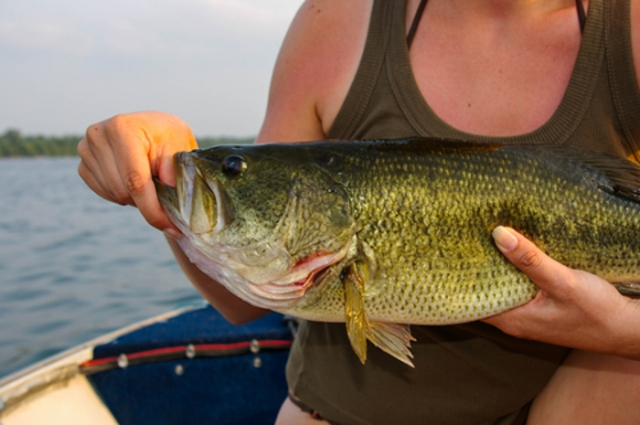
-
Striped Bass

-
Fishing Files

-
Smallmouth Bass
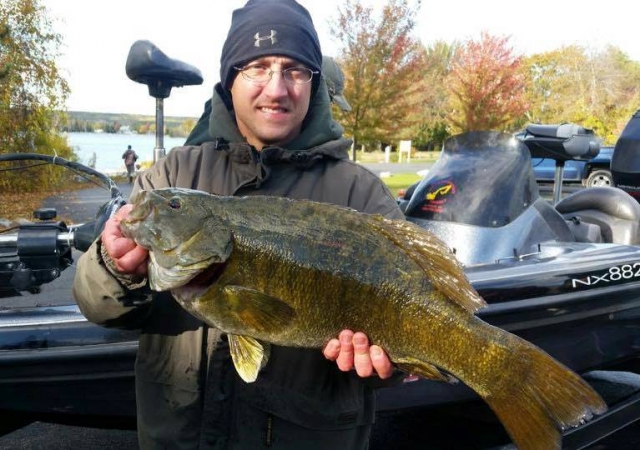
-
Fishing Files
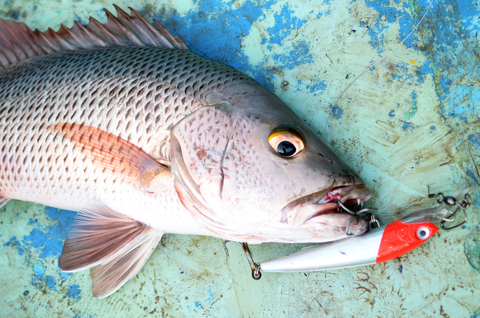
-
Fishing Files
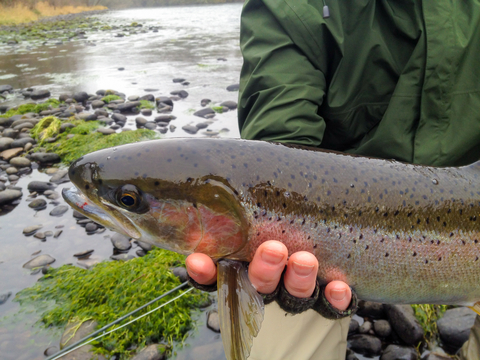
-
Largemouth Bass
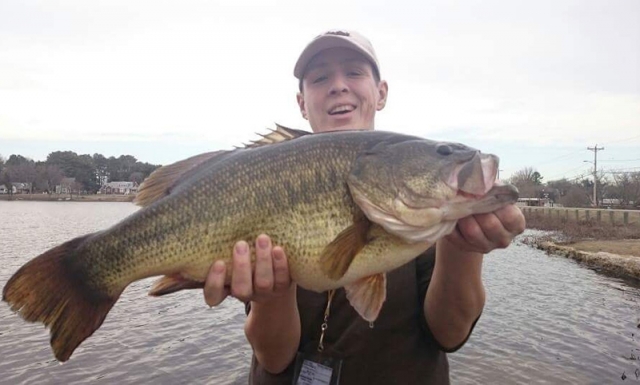
-
Fish fail in Russia
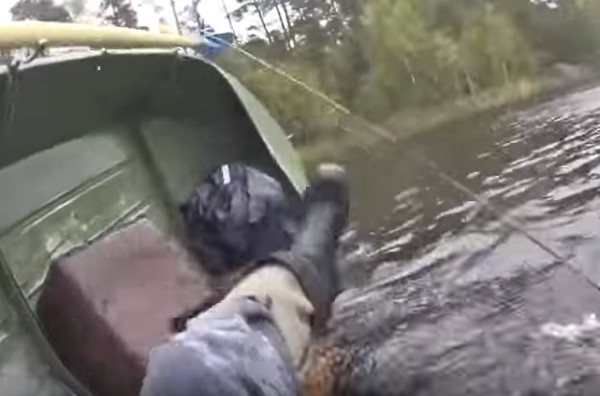
-
Bait fish

-
Fishing the weeds
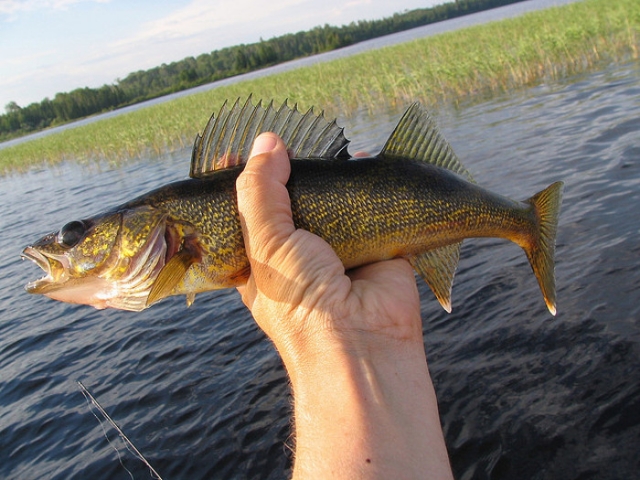
-
Fishing Waders
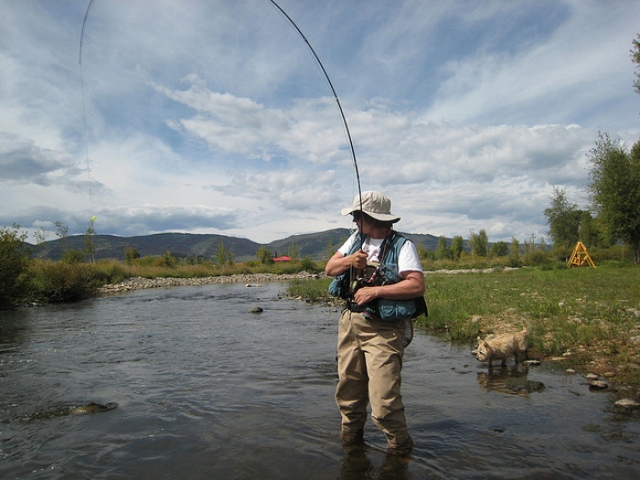
-
Old Man Fishing
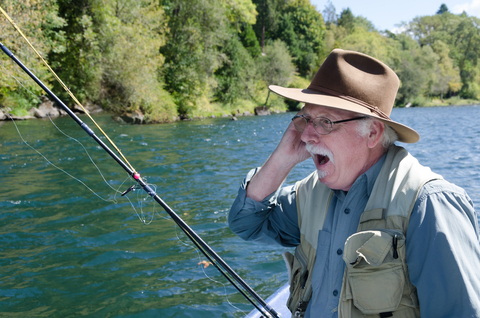
-
Fishing
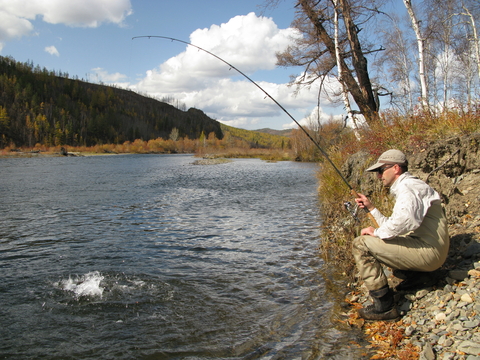
-
City Fishing

-
Fishing the cold

-
Fishing sunset

-
Bank fishing
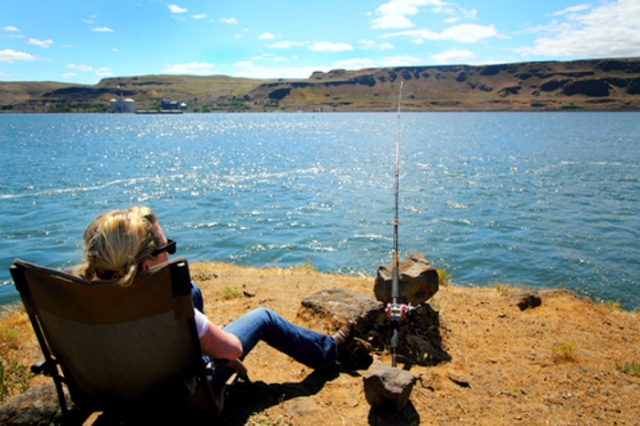
-
Day glow fishing boat

-
Fishing Pro

-
Fishing
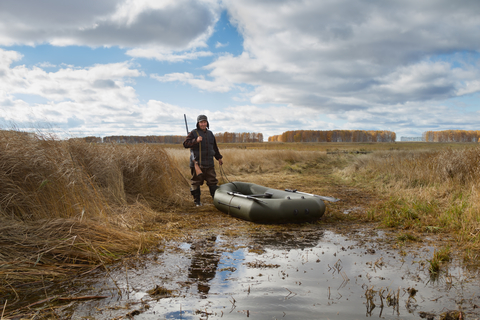
-
Fly fishing
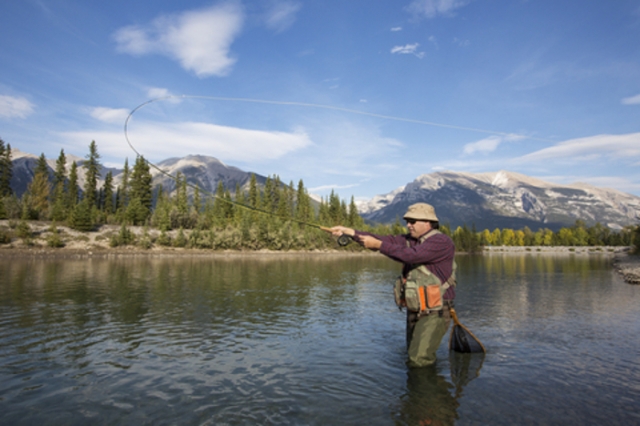
-
Fishing Files
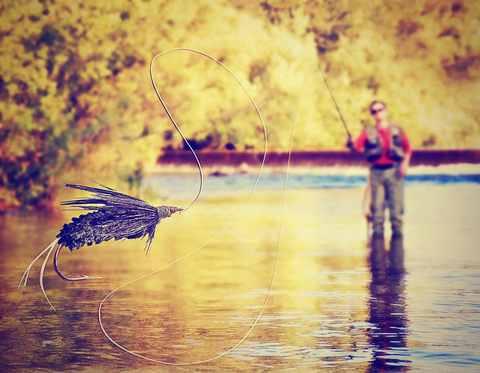
-
Fishing Files
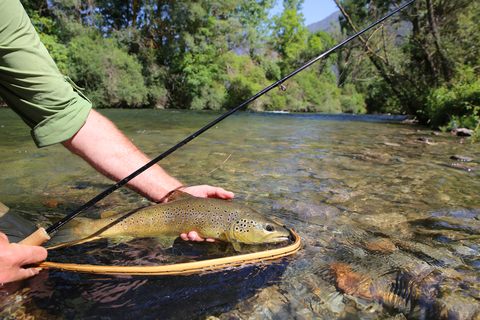
-
Fly reel
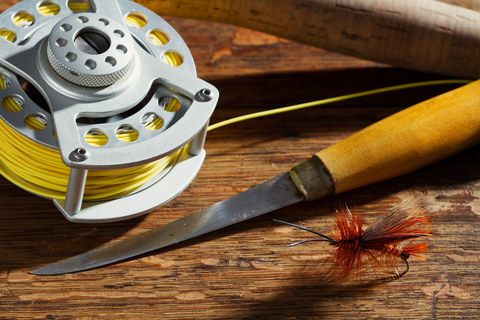
-
Gar Fish

-
Golden Trout

-
Ice Auger
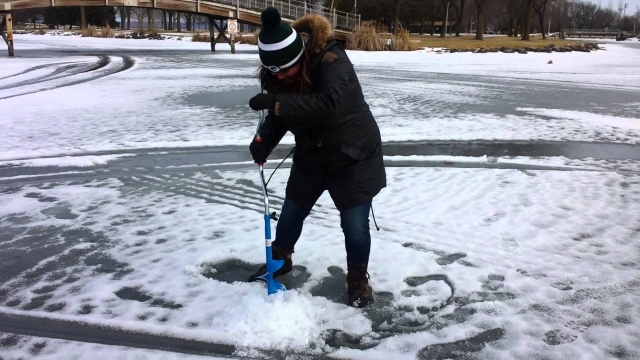
-
Ice Fishing

-
Halibut

-
Bass Fish
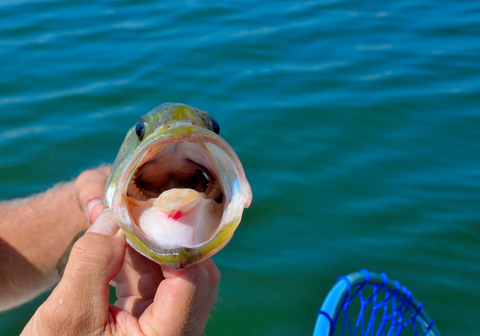
-
Lobster Dog

-
Marlin Fishing

-
Muskie
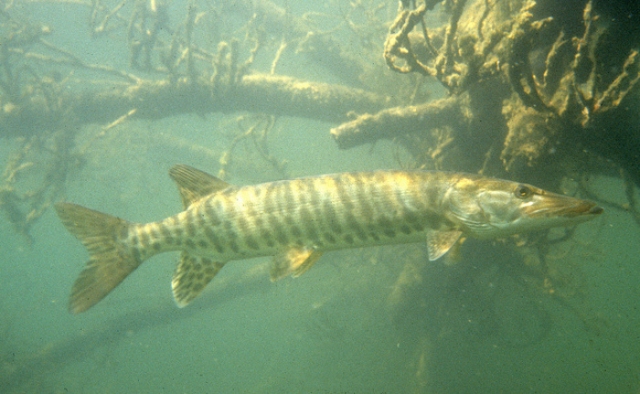
-
Fishing Files
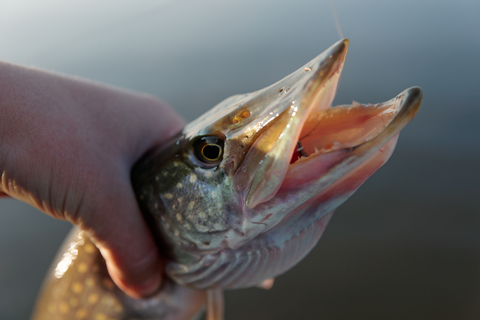
-
Nymph

-
Oarfish

-
Obama Fishing

-
Panfish

-
Pelican

-
Fishing Files
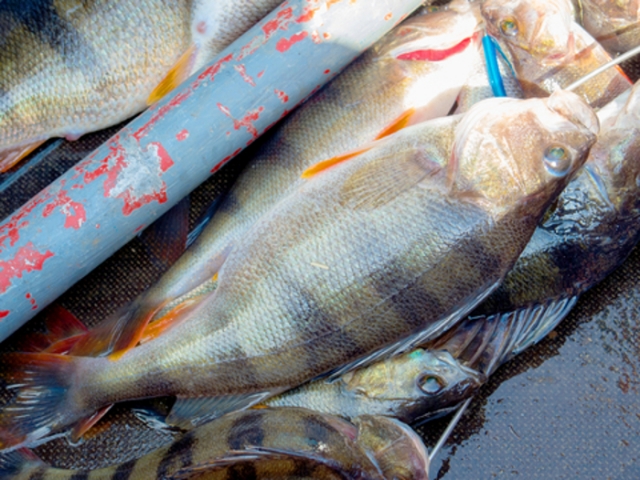
-
Fishing Files
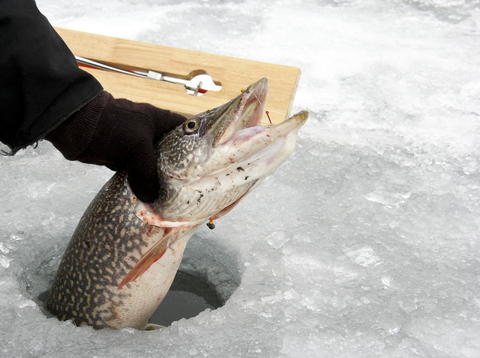
-
Fishing Files
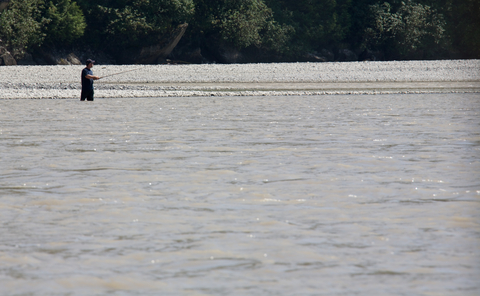
-
Fishing Files
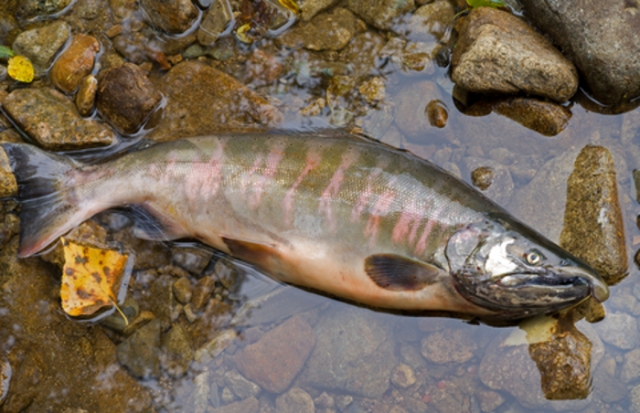
-
Fishing Files
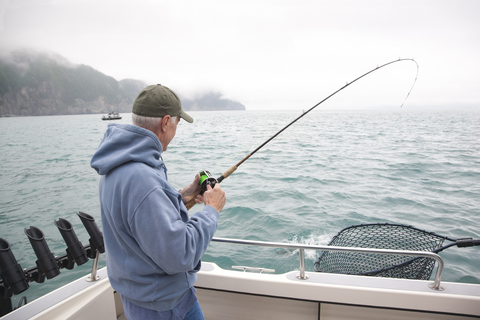
-
Fishing Files

-
Fishing Files

-
Fishing Files
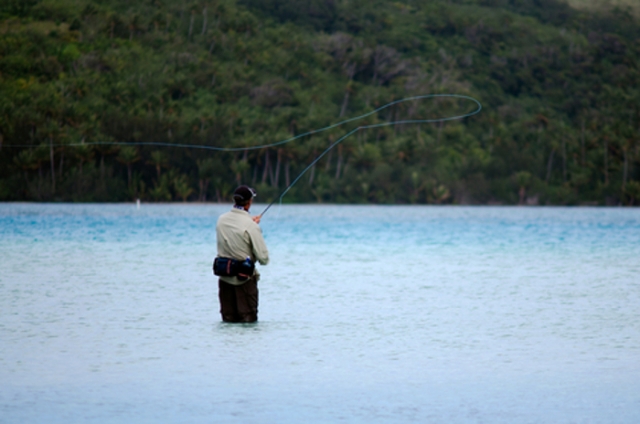
-
Fishing Files
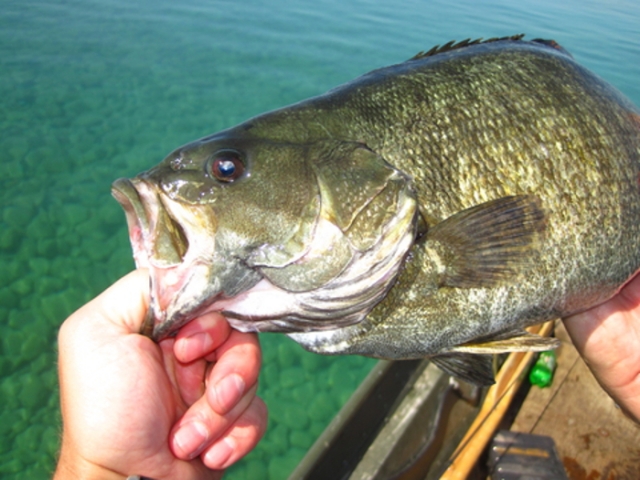
-
Snakehead
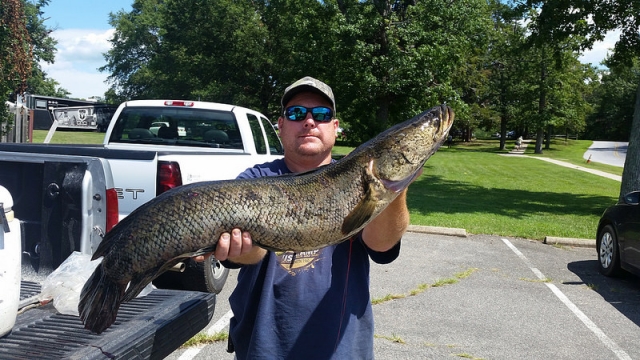
-
Spinner Shark
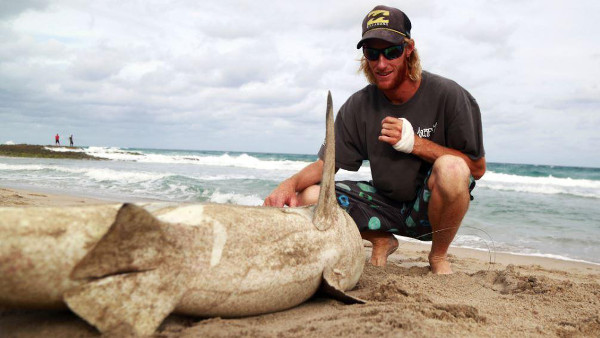
-
Spotted Bass

-
Striped Bass

-
Sturgeon

-
Fishing Files
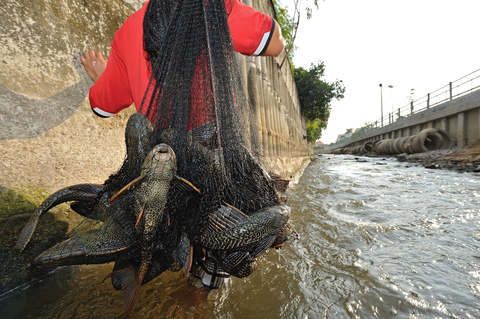
-
Trout Fishing
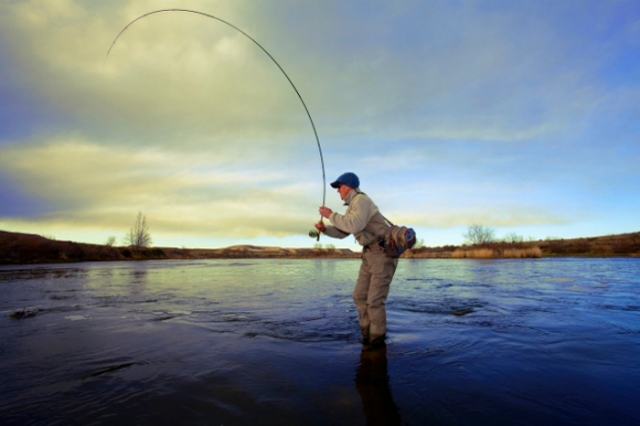
-
Fishing Files
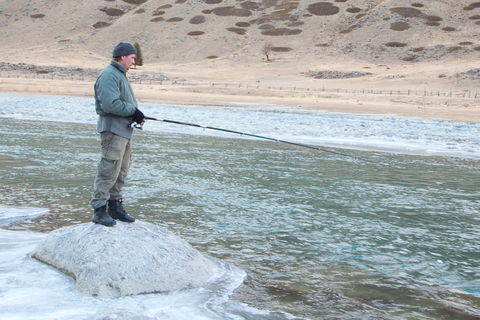
-
Fishing Files

-
Fishing Files

-
Fishing Files

-
Northern Pike

-
School of Karanteen

-
Walleye
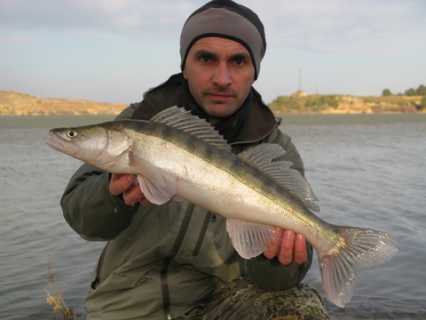
-
Goliath Grouper

-
Barracuda

-
European Chub
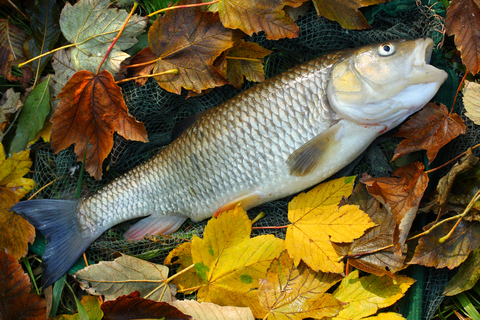
-
Drum Fish

-
Grouper

-
Blue Catfish

-
Catfish
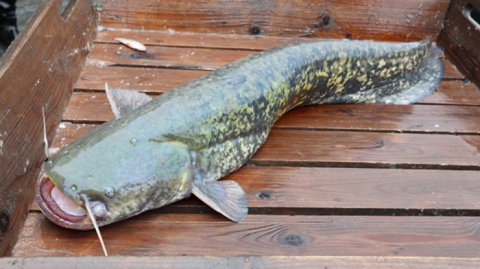
-
Star Puffer Fish

-
Napoleon Fish

-
Smoked Trout

-
Perch

-
Smallmouth Bass
